
Resolution matters… whether in astronomical research or proteomics

Hugh Smith
November 1, 2022
To provide a better understanding of how novel proteomics technologies can inspire and improve many lives, we thought it would be worthwhile to dive into the ways advances in proteomics parallel advances in a much more visible field, astronomy. With the release of images from the James Webb Space Telescope, the time is ripe for such a comparison. Just as novel proteomics technologies give us comprehensive views of the proteome, the James Webb Space Telescope gives us views of the universe with unrivaled resolution. We hope that the parallels between modern proteomics and modern astronomy discussed below make it clear that, as we get excited about the tremendous potential of the stars, we should be just as excited about the tremendous potential of the proteome.
Resolution gains enable discoveries in the cosmos and at the sub-cellular level
In 2012 Hubble’s eXtreme Deep Field (Figure 1, left) captured images that gave us the deepest view of space ever seen. Webb’s First Deep Field (Figure 1, right) not only exponentially increases the resolution and our understanding of existing stars and galaxies but unveils a vast number of previously undiscovered constellations.
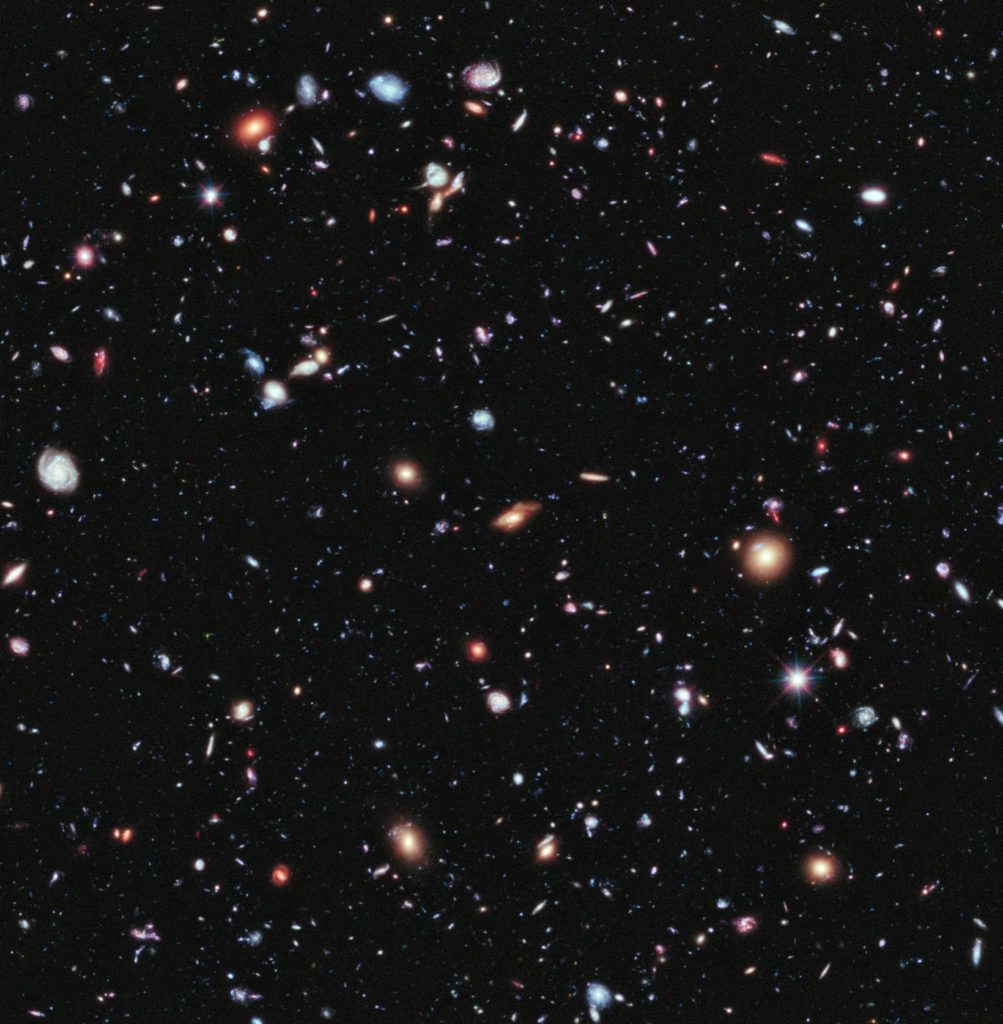
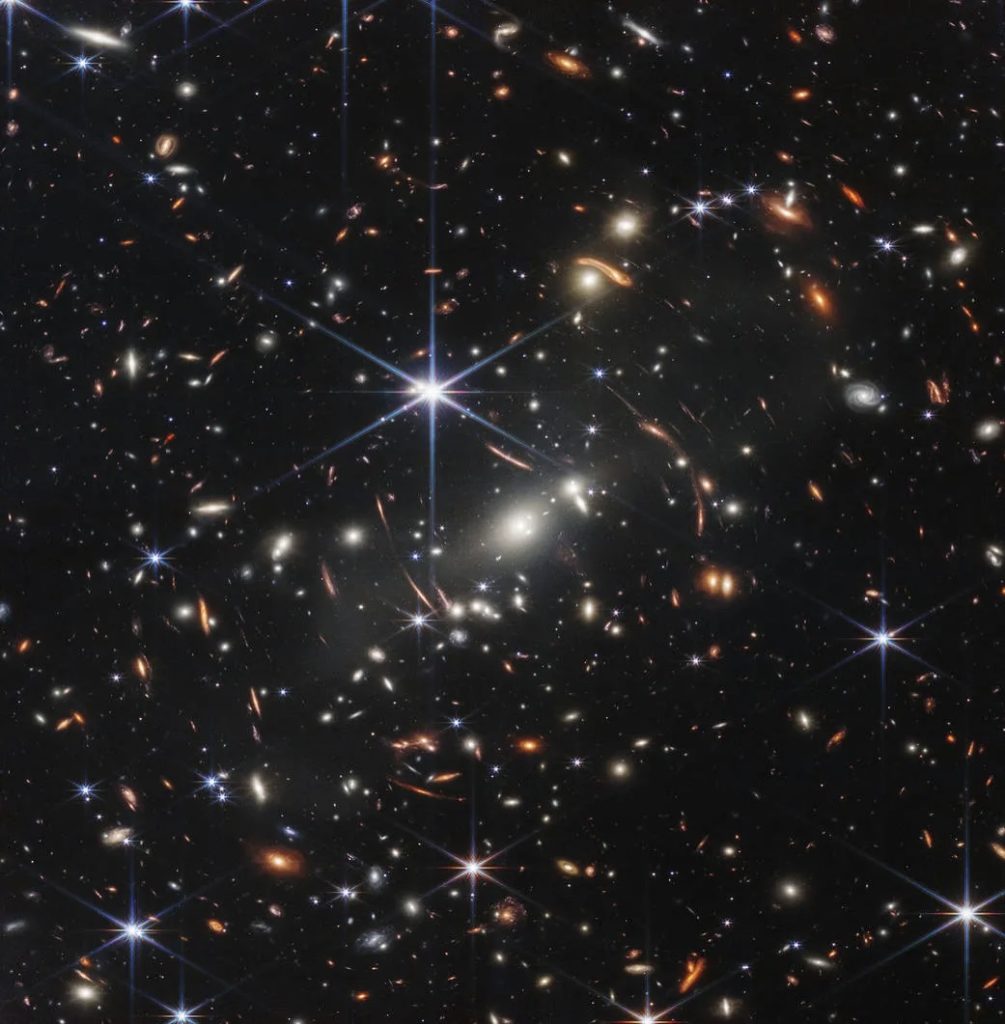
Figure 1. Hubble’s eXtreme Deep Field (left) compared to Webb’s First Deep Field (right). Images courtesy of NASA and STScl.
Increased resolution provides astronomers with a larger quantity of diverse data points to analyze and learn from. In the past, Hubble’s limited resolution confined astronomers to studying stars within the Milky Way galaxy due to the “dusty cocoons” that shelter forming protostars and older evolved stars in other galaxies. Webb’s infrared capabilities will allow researchers to pull back the curtain and characterize these unstudied stars. With this data, they can compare theoretical models to real observations and even discover how stars form in a variety of different environments.
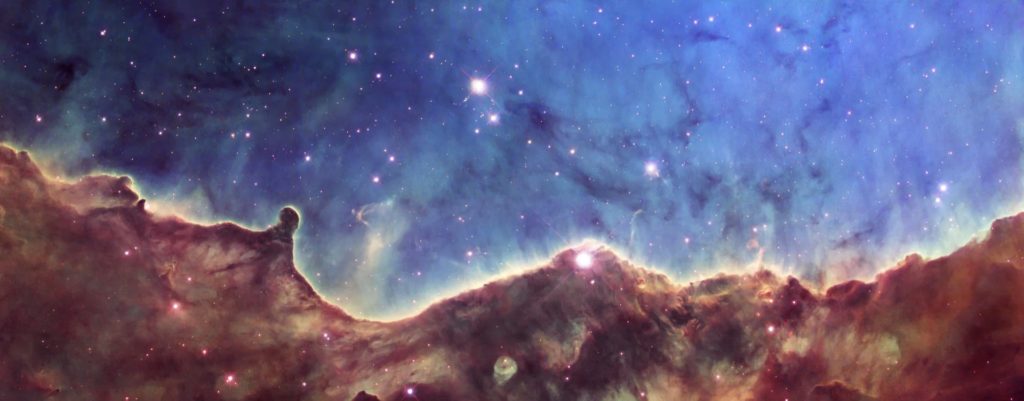
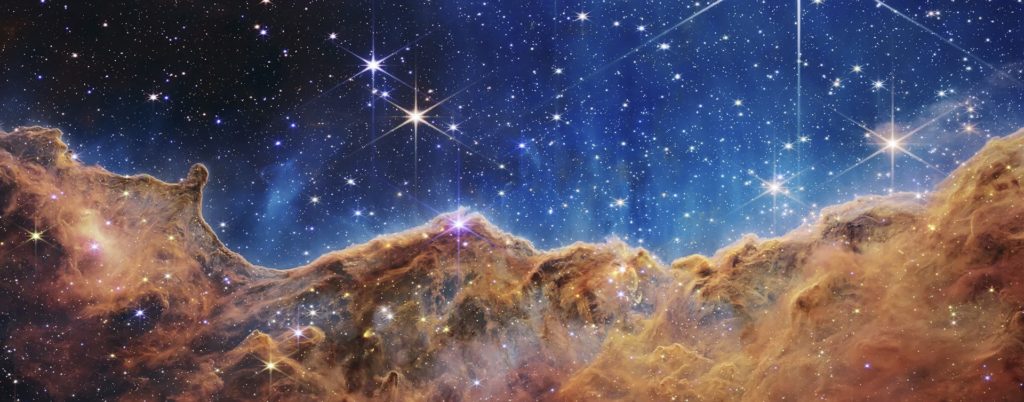
Figure 2. Image from the Hubble Telescope (left) compared to the James Webb Space Telescope (right) showing how Webb’s infrared imaging abilities provide much more detailed views of stars that were previously obscured by “dusty cocoons.” Images courtesy of NASA and STScl.
Just as the Webb telescope can make out faint galaxies, Nautilus’ proteomics technology can identify and quantify low abundance proteins that were difficult, if not impossible to study using traditional proteomics platforms. These older platforms analyzed both high and low abundance proteins together and so, in much the same way that dust could obscure galaxies from the Hubble telescope, high abundance proteins could obscure signals coming from small abundance proteins. In contrast, Nautilus’ technology isolates billions of individual proteins and analyzes them separately. This “single molecule” detection enables us to provide researchers with an unprecedented view into the depths of the proteome. This novel technology will unveil proteins previously hidden in the vast dynamic range of biological samples, like blood plasma, and allow for a deeper and more comprehensive interrogation of the proteome.
Uncovering the mechanisms behind galaxy formation and disease development
Not only will Webb deliver views of places yet unseen, it will also provide views into times unseen. Webb’s ability to see infrared light counteracts a phenomenon known as “redshift” which elongates the light given off by the universe’s first stars into infrared wavelengths as the universe expands. This makes them invisible to telescopes that only view the visible spectrum. We don’t know what these first stars looked like or when they were formed but the JWST’s ability to look into this “Epoch of Reionization” will finally answer these questions. Additionally, the first stars will give insights into the formation of the first galaxies and the creation of the first black holes and “mini-quasars.” These latter phenomena have evolved into the huge black holes that are now found at the centers of most massive galaxies.
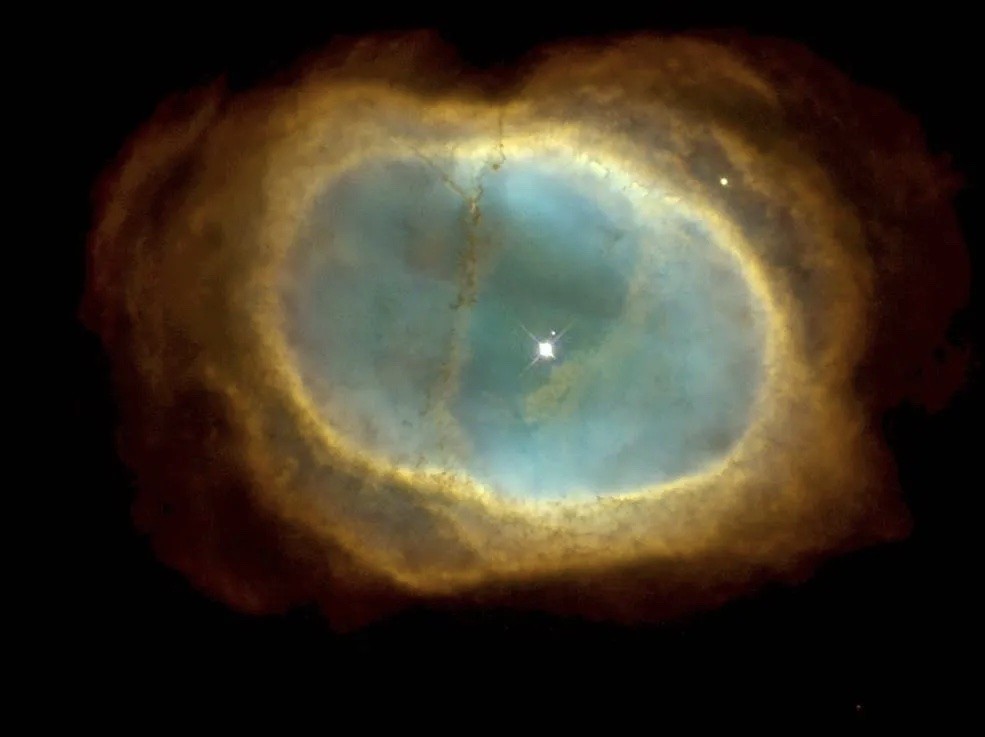
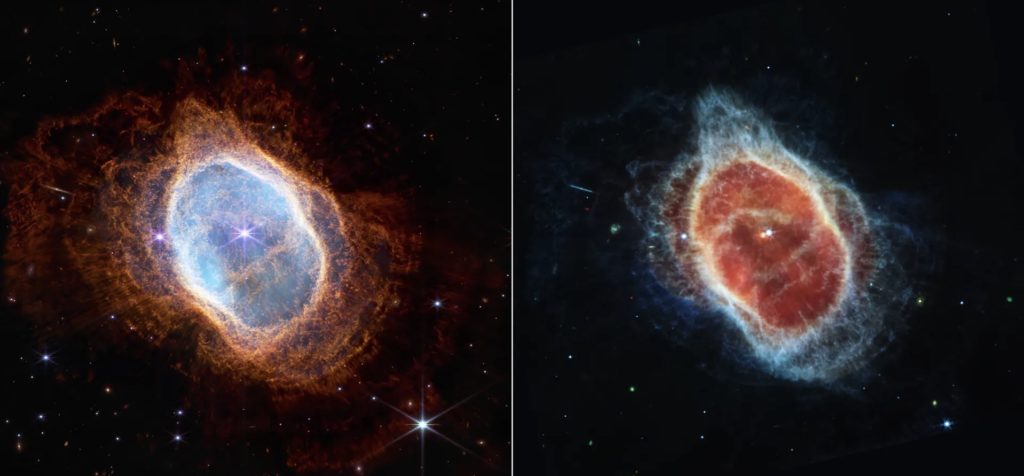
Figure 3. Hubble mainly sees the visible and ultraviolet wavelengths of light (above). James Webb detects infrared wavelengths giving it a greater depth of view into the cosmos (below left and right). Images courtesy of NASA and STScl.
Similarly, Nautilus’ technology will vastly increase the potential of proteomic analysis and provide pivotal knowledge of the ever-changing proteome. With this data, scientists and physicians will be able to measure changes in protein abundance in states of cellular health and disease. By observing these changes, they’ll have in-depth understanding of the ways changes in proteins enable or prevent cells from functioning properly. Much as the Webb Telescope looks into the past to tell us how the universe came to be, knowledge of the ever-fluctuating proteome will reveal the mechanisms by which cells gain their specialized functions or become diseased. This will revolutionize drug development and make it much easier to design drugs that target these mechanisms and improve the efficacy of future treatments as they are tailored to patient’s ailments at their mechanistic bases within cells.
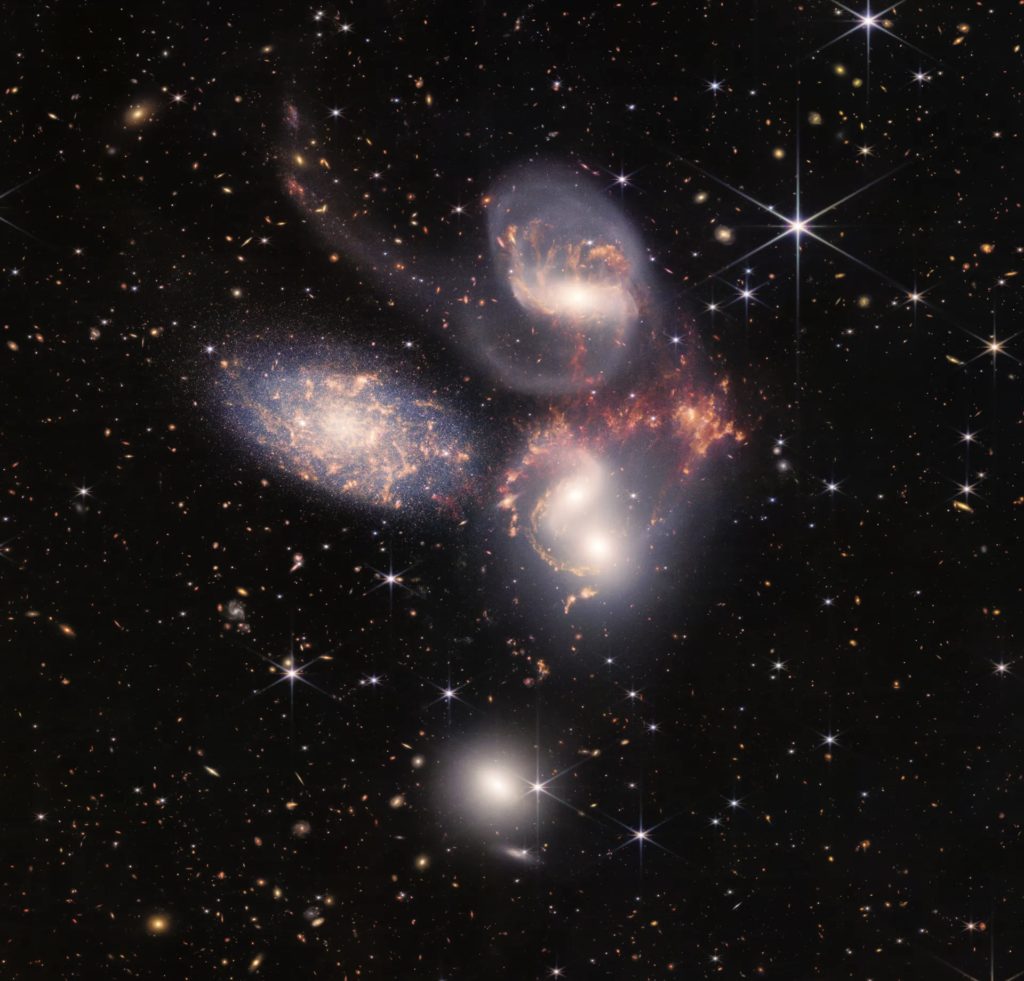
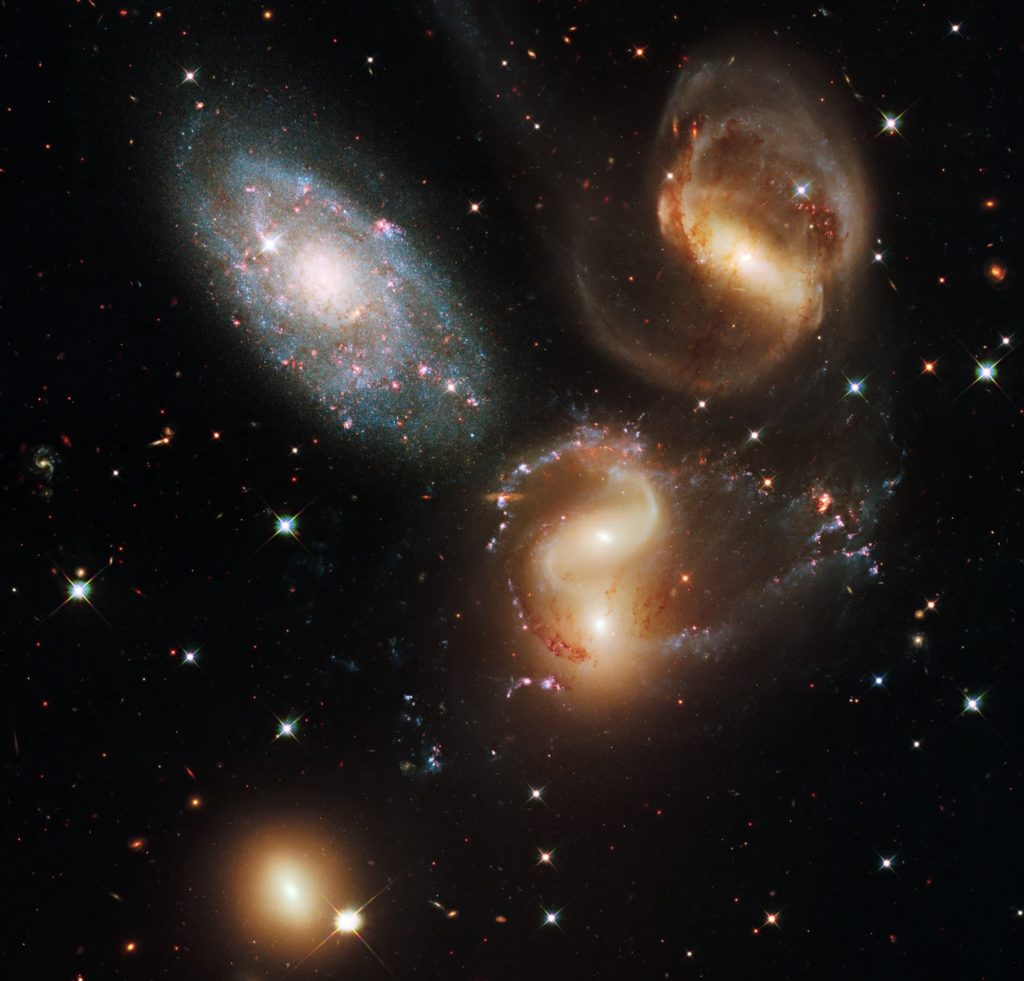
Figure 4. James Webb’s new view of Stephan’s Quintet (left) gives scientists a better understanding of what quasar formation could have looked like in the early days of the universe. The Webb Telescope’s increased resolution when compared to Hubble’s image (right) presents astronomers with an uncompromised view of galactic interactions. Images courtesy of NASA and STScl.
Finding markers of life and its malfunctions
The James Webb Space Telescope will also aid astronomers in determining the composition of the atmospheres of exoplanets throughout near and far galaxies. This will make it possible to search for the essential building blocks of life or atmospheres with similar compositions to earth. Such building blocks include the hydrogen and helium that keep planets warm, as well as a yet unknown balance of biosignature gases which would indicate life exists on a planet’s surface. If these markers of life are found, this will provide evidence that exoplanets could, or may, harbor life and will give researchers many new avenues to direct their research to study that life.
With the unprecedented resolution of the Nautilus platform, researchers can find markers not of the presence of life but of cellular functions and misfunctions. For example, researchers might use the Nautilus platform to find proteins that increase in abundance during the early stages of cancer. These proteins could then become so-called “biomarkers” for that particular type of cancer. These biomarkers could later be used to monitor disease progression, the effectiveness of treatment, and may even help researchers develop new treatments.
Resolution is key
Resolution matters, whether in astronomical research or proteomics. Our never-ending quest to discover simultaneously leads us millions of light-years across the cosmos, billions of years into the past, and closer than ever before to obtaining comprehensive human health data. The novel ability of the James Webb Space Telescope to peer into space with unprecedented resolution will be mirrored by our technology’s ability to dive into the depths of the proteome. Both will allow scientists and researchers to ask and answer questions with profound clarity and understanding.
MORE ARTICLES
